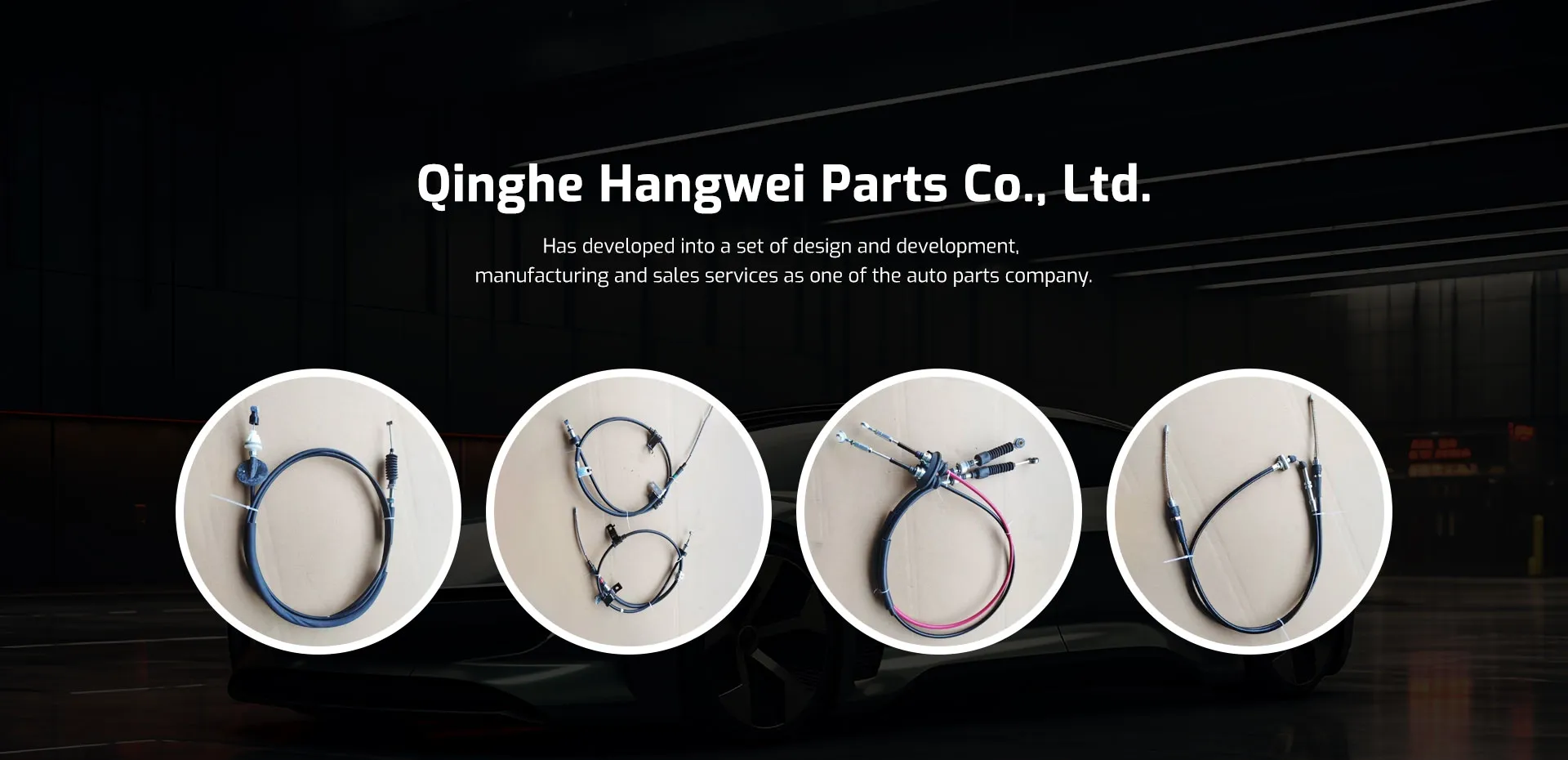rear handbrake cable
Understanding the Rear Handbrake Cable Importance, Function, and Maintenance
The rear handbrake cable is an essential component in the braking system of various vehicles, particularly those with rear disc brakes. This cable serves a critical function, allowing the driver to engage the rear brakes independently from the primary braking system, providing an extra layer of control and safety. Understanding its role, how it functions, and the importance of maintenance can help ensure the longevity and efficiency of your vehicle's braking system.
Function of the Rear Handbrake Cable
The rear handbrake cable connects the handbrake lever inside the vehicle to the rear brake mechanisms. When the driver pulls the handbrake lever, the cable tightens and pulls on the rear brake calipers or drums, applying the brakes. This allows drivers to hold their vehicle stationary when parked, especially on inclines, or to execute emergency stops in critical situations.
In automatic vehicles, the rear handbrake is vital for securing the car when parked since traditional foot brakes can sometimes disengage gradually. For manual drivers, handbrakes also play a crucial role in hill-starts, preventing the car from rolling backward.
Importance of Regular Maintenance
Like any part of a vehicle, the rear handbrake cable is subject to wear and tear. Routine inspections can catch issues before they escalate into significant problems. Over time, cables can stretch, fray, or even break, leading to reduced effectiveness of the handbrake. A faulty handbrake cable can result in a vehicle rolling unexpectedly, which poses a safety risk not just for the driver but for others on the road.
rear handbrake cable

To maintain the integrity of the rear handbrake system, drivers should periodically check for any signs of wear on the cable. Look for fraying around the ends or kinks in the cable, and ensure that the connection points are free from debris and rust. Additionally, lubricating the cable can help it operate more smoothly and prevent unnecessary friction, which can cause premature wear.
Signs of a Failing Rear Handbrake Cable
Several indicators suggest that the rear handbrake cable may be failing. Perhaps the most noticeable sign is a decrease in the effectiveness of the handbrake itself; if you find that the handbrake travels much higher than usual or fails to hold the vehicle in place, it may be time to inspect the cable. Furthermore, unusual sounds, such as grinding or clinking when pulling the handbrake, can also signal that the cable or its components are worn out.
Conclusion
The rear handbrake cable might seem like a small piece of the overall braking system, but its significance cannot be overstated. It provides critical functionality that enhances vehicle safety and control. Regular maintenance and attention to this component can save drivers from potential mishaps and ensure that their vehicles operate smoothly and safely.
Vehicles are complex machines, and understanding the function and maintenance of each part can lead to safer driving experiences. Whether for everyday use or during emergency situations, a well-maintained rear handbrake cable is vital in keeping you and your vehicle secure on the road. Prioritizing this aspect of your vehicle’s maintenance routine is a proactive step towards safe driving.
-
Upgrade Your Vehicle with High-Quality Handbrake CablesNewsNov.01,2024
-
Optimize Your Bike's Performance with Quality CablesNewsNov.01,2024
-
Enhance Your Vehicle's Performance with Quality Clutch ComponentsNewsNov.01,2024
-
Elevate Your Vehicle's Performance with Quality Throttle CablesNewsNov.01,2024
-
Elevate Your Vehicle's Performance with Quality CablesNewsNov.01,2024
-
Affordable Solutions for Your Cable NeedsNewsNov.01,2024
